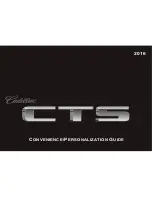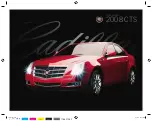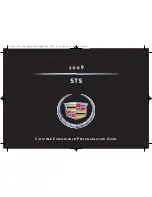
Notes on towing a trailer
General notes
!
Use a drawbar noseweight as close as
possible to the maximum permissible nose-
weight. Do not use a noseweight of less
than 50kg, otherwise the trailer may come
loose.
Note that the payload and the rear axle load
are reduced by the actual payload.
i
When towing a trailer, set the tyre pres-
sure on the rear axle of the towing vehicle
for a maximum load; see the tyre pressure
table in the fuel filler flap (
Y
page 357).
You will find installation dimensions and loads
in the "Technical data" section
(
Y
page 396).
The maximum noseweight of the trailer draw-
bar on the ball coupling is 84 kg. The actual
noseweight may however not be higher than
the value which is given on the trailer tow
hitch or trailer identification plates. The low-
est weight applies.
Please note that when towing a trailer, PARK-
TRONIC (
Y
page 191), Active Parking Assist
(
Y
page 194) and Blind Spot Assist
(
Y
page 208) are only available with limita-
tions, or not at all.
i
On vehicles without level control, the
height of the ball coupling will alter accord-
ing to the load placed on the vehicle. If nec-
essary, use a trailer with a height-adjusta-
ble drawbar.
Driving tips
i
Observe the notes on ESP
®
trailer stabi-
lisation (
Y
page 69).
The maximum permissible speed for vehicle/
trailer combinations depends on the type of
trailer. Before beginning the journey, check
the trailer's documents to see what the max-
imum permitted speed is. Observe the legally
prescribed maximum speed in the relevant
country.
For certain Mercedes-Benz vehicles, the max-
imum permissible rear axle load is increased
when towing a trailer. Refer to the "Technical
data" section to find out whether this applies
to your vehicle. If you utilise any of the added
maximum rear axle load when towing a trailer,
the vehicle/trailer combination may not
exceed a maximum speed of 100 km/h for
reasons concerning the operating permit.
This also applies in countries in which the
permissible maximum speed for vehicle/
trailer combinations is above 100 km/h.
When towing a trailer, your vehicle's handling
characteristics will be different in comparison
to when driving without a trailer and it will
consume more fuel.
Change into a lower gear in good time on long
and steep downhill gradients.
On long and steep downhill gradients, espe-
cially if the vehicle is laden or towing a trailer,
you must select shift range 1, 2 or 3.
i
This also applies if you have activated
cruise control, SPEEDTRONIC or DIS-
TRONIC PLUS.
This will use the braking effect of the engine,
so less braking will be required to prevent the
vehicle from gaining speed. This relieves the
load on the brake system and prevents the
brakes from overheating and wearing too
quickly. If you need additional braking,
depress the brake pedal repeatedly rather
than continuously.
Driving tips
If the trailer swings from side to side:
X
Do not accelerate.
X
Do not countersteer.
X
Brake if necessary.
Towing a trailer
219
Dr
ivi
ng
an
d
parki
ng
Z
Содержание CLS 2012
Страница 2: ......
Страница 3: ......
Страница 5: ......
Страница 29: ...26...
Страница 99: ...96...
Страница 227: ...224...
Страница 292: ...Useful information 290 Stowage areas 290 Features 303 289 Stowing and features...
Страница 321: ...318...
Страница 322: ...Useful information 320 Engine compartment 320 Service 324 Care 325 319 Maintenance and care...
Страница 355: ...352...
Страница 403: ...400...
Страница 404: ......
Страница 405: ......
















































